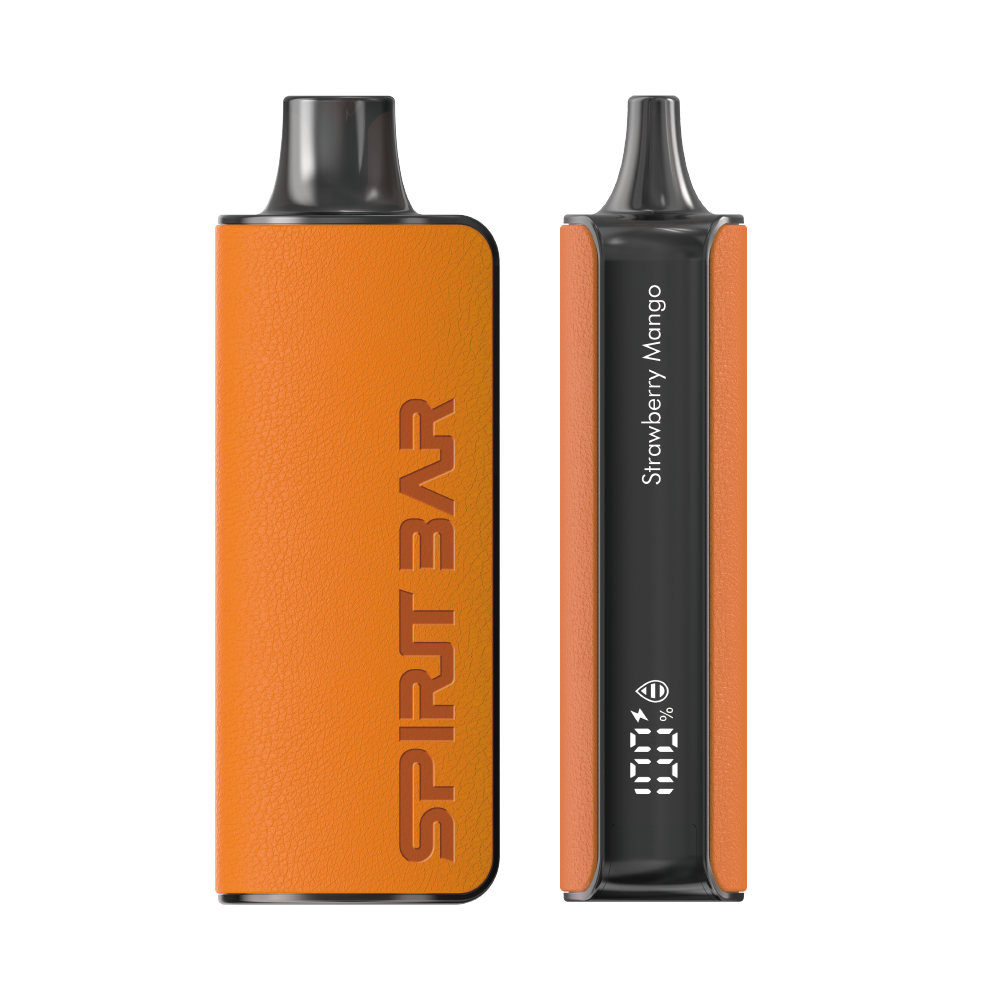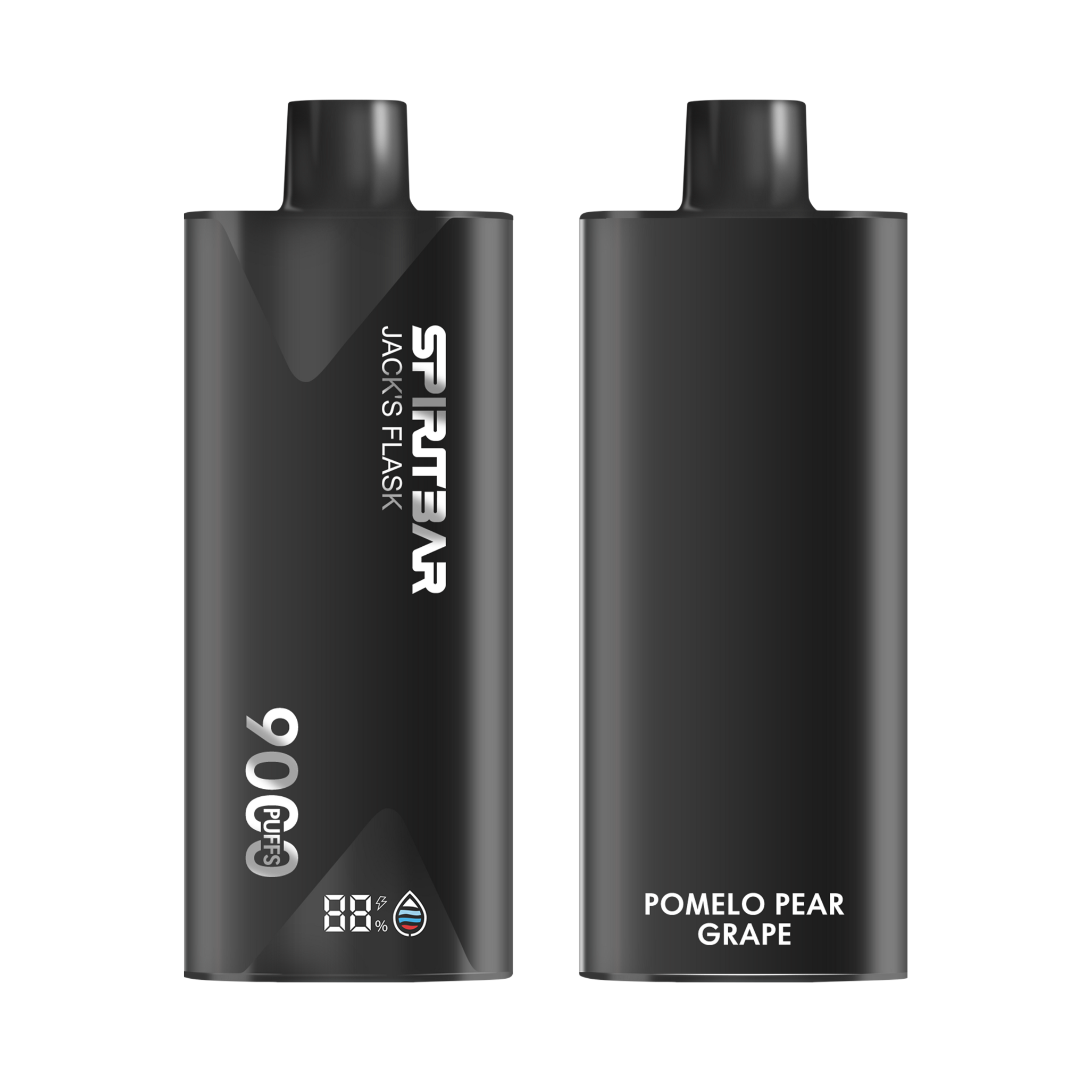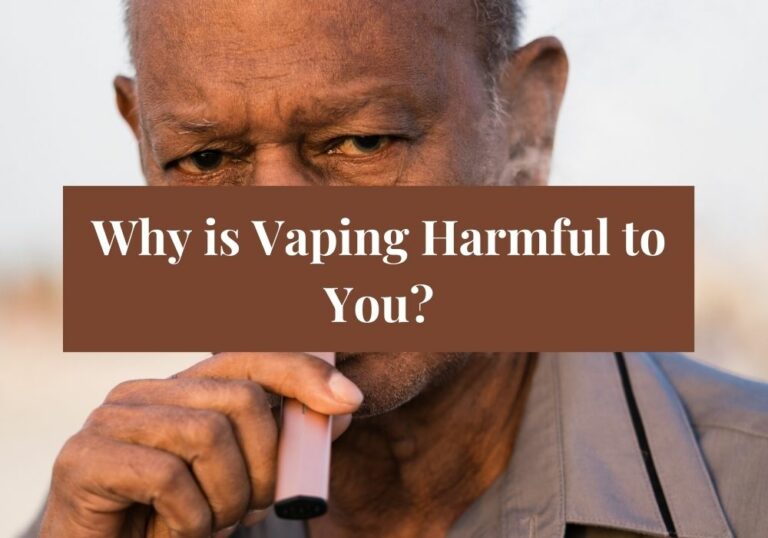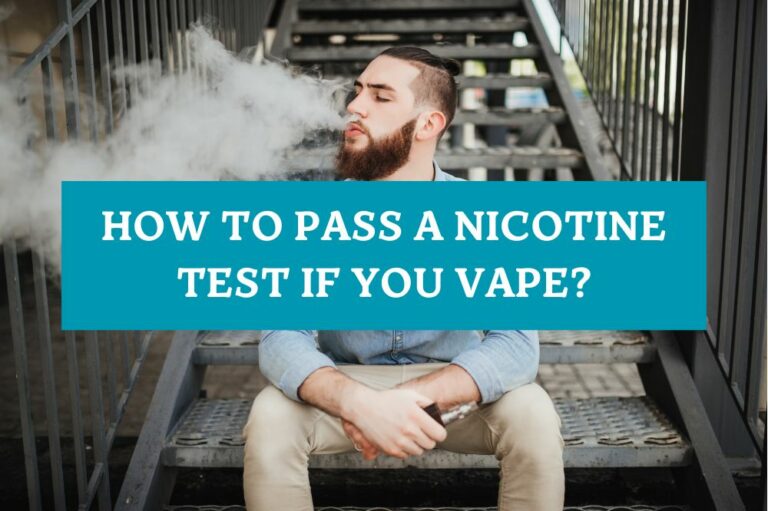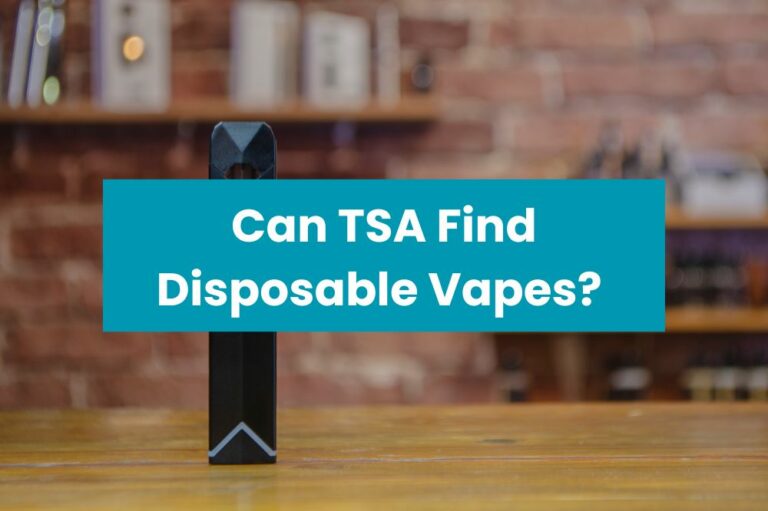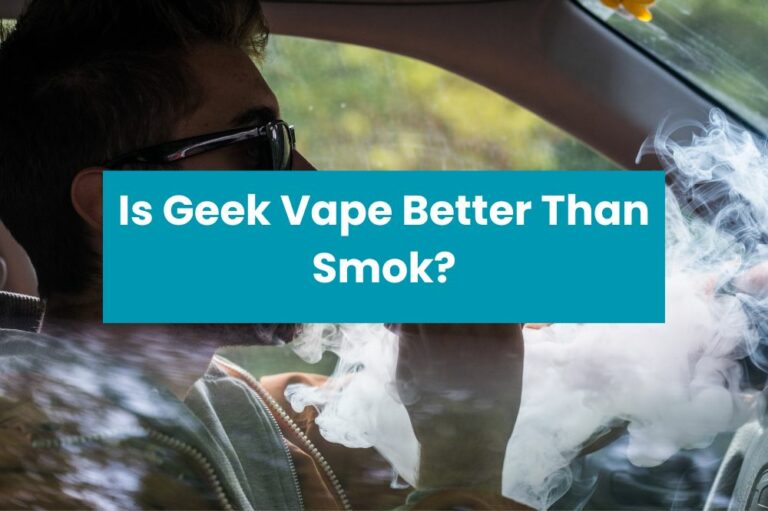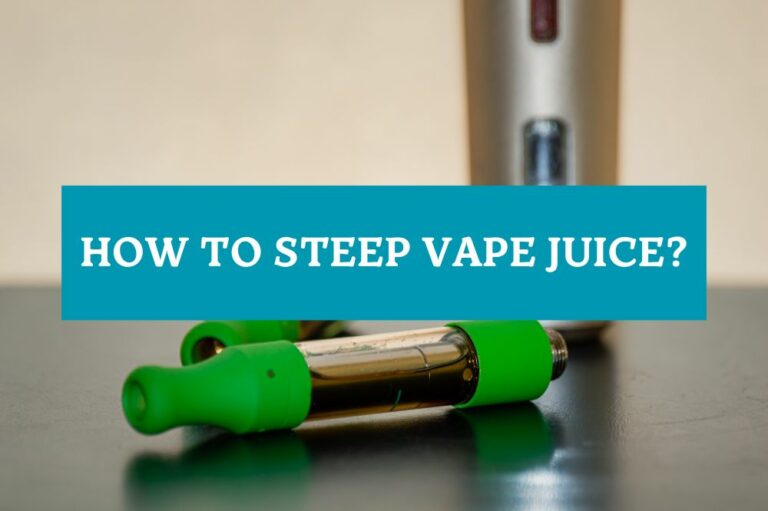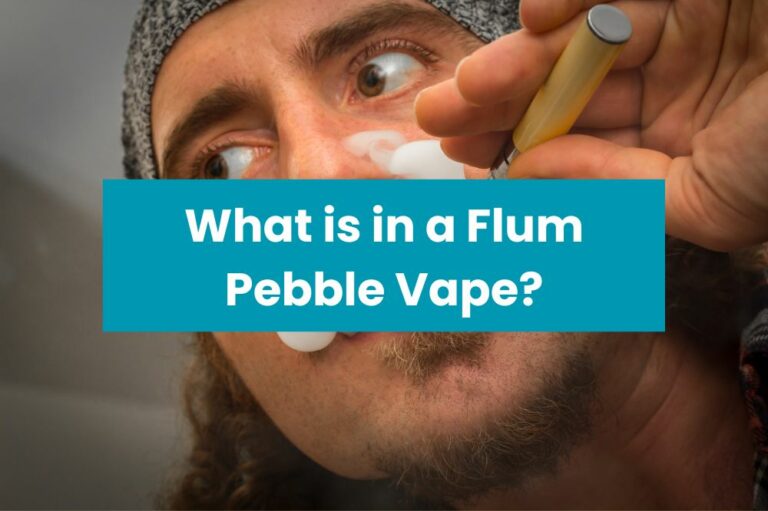What Are Vapes Mostly Made of?
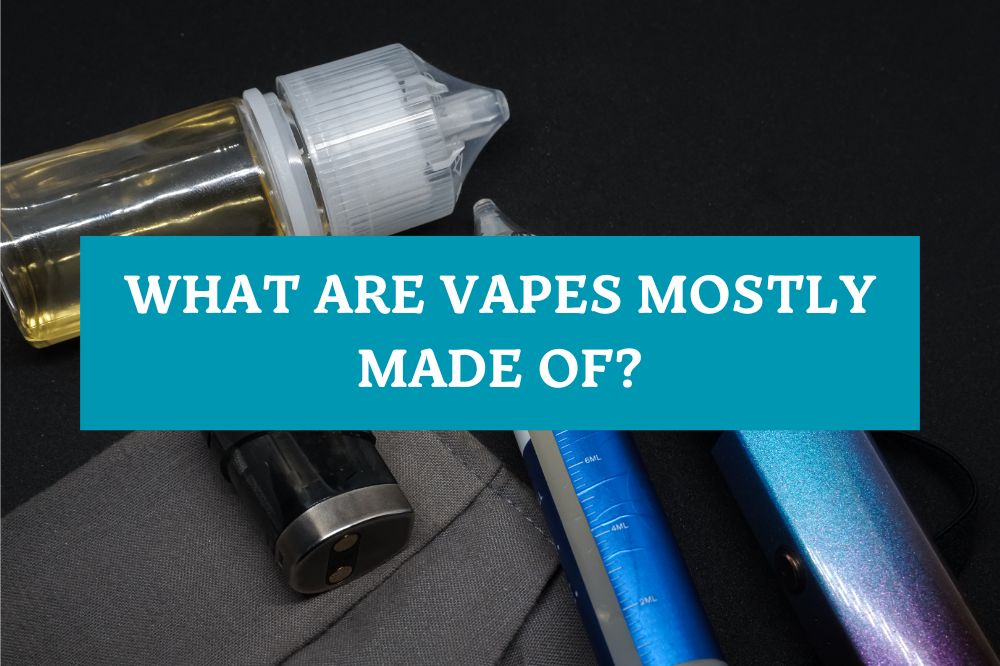
If you’re curious about vapes and what they’re made of, you’re not alone. Vaping has become increasingly popular in recent years, and many people are curious about what exactly is in these devices. While there are many different types of vapes on the market, they all share some common components.
At their most basic level, vapes are made up of three main components: a battery, a heating element, and a cartridge or tank filled with e-liquid. The battery powers the heating element, which in turn heats up the e-liquid and turns it into a vapor that can be inhaled. The e-liquid itself is typically made up of a combination of nicotine, flavorings, and other chemicals.
While the exact composition of e-liquid can vary depending on the brand and flavor, most e-liquids contain a base of either propylene glycol (PG) or vegetable glycerin (VG), or a combination of the two. These substances are used to create the vapor that is inhaled when using a vape. Some e-liquids also contain additional chemicals, such as diacetyl, which has been linked to lung disease. It’s important to be aware of what’s in your e-liquid and to choose products from reputable manufacturers.
What Are Vapes
Vapes, also known as e-cigarettes or electronic nicotine delivery systems (ENDS), are battery-operated devices that people use to inhale aerosol. The aerosol typically contains nicotine, but not always, as well as other chemicals and flavorings.
SPIRITBAR Katana BP10000
- Slender, leather-textured body reminiscent of a katana handle for an authentic samurai feel
- Unique samurai-inspired e-liquid flavor - fruity yet not too sweet, with a luxurious, elegant aroma
- Powerful 650mAh rechargeable battery for extended vaping time
- Large 18ml e-liquid capacity and 10,000 puff capacity
- Advanced mesh coil and e-liquid & power display screens for optimal vaping experience
The special juice captures the essence of the samurai spirit with its rich, smoothly pulsating flavor that brings new satisfaction with every puff. The device's slender, leather-textured design evokes the grip of a samurai's katana, making this product a perfect choice for beginner vapors.
The main components of e-cigarette liquids are flavors, sweeteners, and solvents. Solvents are substances used to dissolve either nicotine or other chemicals. Higher-powered devices can increase levels of toxic chemicals in vapor by aerosolizing ingredients at higher temperatures. For example, people can vape more than 200 times the level of formaldehyde, acetone, and acetaldehyde by increasing the voltage from 3.2 to 4.8.
In many e-cigarettes, puffing activates the battery-powered heating device, which vaporizes the liquid in the cartridge or reservoir. The person then inhales the resulting aerosol or vapor (called vaping).
Some e-cigarettes look like regular cigarettes, cigars, or pipes. Some look like USB flash drives, pens, and other everyday items. Learn more about e-cigarettes and their effect on your health here.
SPIRITBAR Jack’s Flask 9000 Puffs
- Stylish pirate flask-shaped body providing an exciting vaping experience
- Delivering up to 9000 puffs per device
- 20ml e-liquid capacity with 50mg nicotine strength for satisfying throat hit
- Specialized pirate-themed e-juice flavors for rich, swirling taste
- Premium mesh coil optimizes flavor profile for maximum vaping enjoyment
This disposable vape captures the daring spirit of the high seas with its flask styling and signature pirate e-juice flavors. The extraordinary battery life provides 9000 indulgent puffs for extended vaping pleasure. Live boldly and freely with the Jack's Flask - a legendary vaping experience fit for a pirate's adventures.
Overall, vapes have become increasingly popular over the years, especially among young people. However, the long-term health effects of vaping are still unknown, and experts are concerned about the potential risks associated with inhaling chemicals and other substances.
Main Components of Vapes
Vapes, also known as e-cigarettes or electronic nicotine delivery systems (ENDS), are battery-operated devices that people use to inhale aerosol that typically contains nicotine, but not always. Vapes consist of three main components: battery, atomizer, and e-liquid.
Battery
The battery is the power source for the vape device. It is usually rechargeable and can be found in different shapes and sizes. Some vapes come with built-in batteries, while others have removable batteries. The battery powers the atomizer which heats up the e-liquid and turns it into vapor.
Atomizer
The atomizer is the heating element of the vape device. It is responsible for vaporizing the e-liquid and turning it into an aerosol that can be inhaled. The atomizer consists of a coil of resistance wire that heats up when the battery is activated. The coil is usually wrapped around a wick that soaks up the e-liquid and feeds it to the coil.
E-Liquid
E-liquid, also known as vape juice, is the liquid that is vaporized in the vape device. E-liquids usually contain a combination of propylene glycol (PG) and vegetable glycerin (VG), which are used as solvents to dissolve the nicotine or other compounds. They also contain flavors and sometimes sweeteners. E-liquids come in different flavors and nicotine strengths, and some can also contain THC or CBD.
In conclusion, vapes are made up of three main components: battery, atomizer, and e-liquid. The battery powers the atomizer, which heats up the e-liquid and turns it into vapor. E-liquid contains a combination of PG and VG, flavors, and sometimes sweeteners, and can also contain nicotine, THC, or CBD.
SPIRITBAR Katana BP10000
- Slender, leather-textured body reminiscent of a katana handle for an authentic samurai feel
- Unique samurai-inspired e-liquid flavor - fruity yet not too sweet, with a luxurious, elegant aroma
- Powerful 650mAh rechargeable battery for extended vaping time
- Large 18ml e-liquid capacity and 10,000 puff capacity
- Advanced mesh coil and e-liquid & power display screens for optimal vaping experience
The special juice captures the essence of the samurai spirit with its rich, smoothly pulsating flavor that brings new satisfaction with every puff. The device's slender, leather-textured design evokes the grip of a samurai's katana, making this product a perfect choice for beginner vapors.
Material Composition of Vapes
When it comes to the material composition of vapes, there are three main components: plastic, metal, and ceramic. Each of these materials serves a specific purpose in the design and function of vapes.
Plastic
Plastic is one of the most common materials used in the construction of vapes. It is lightweight, durable, and easy to mold into different shapes and sizes. Most vapes are made from a type of plastic called polycarbonate, which is known for its high impact resistance and clarity. However, some vapes may also be made from other types of plastic, such as ABS or PET.
Metal
Metal is another common material used in the construction of vapes. It is strong, durable, and provides a sleek and modern look to the device. Most vapes are made from stainless steel or aluminum, which are both lightweight and resistant to corrosion. However, some vapes may also be made from other types of metal, such as titanium or brass.
Ceramic
Ceramic is a newer material that is being used in the construction of vapes. It is known for its heat resistance and ability to provide a clean and pure flavor. Most vapes use a type of ceramic called zirconia, which is highly resistant to heat and abrasion. However, some vapes may also be made from other types of ceramic, such as porcelain or earthenware.
In conclusion, the material composition of vapes is an important consideration when choosing a device. Plastic, metal, and ceramic all have their own unique properties and advantages, and the choice ultimately depends on personal preference and intended use.
Health Impact of Vape Materials
Vapes, also known as electronic cigarettes, are battery-operated devices that heat up a liquid (often called e-juice or vape juice) to create an aerosol, which is then inhaled. The liquid used in vapes can contain a variety of ingredients, including nicotine, flavorings, and other chemicals.
While vapes are often marketed as a safer alternative to traditional cigarettes, the health impact of the materials used in vapes is still a topic of debate and research. Here are some things to keep in mind:
- Nicotine: Many vapes contain nicotine, which is highly addictive and can have negative effects on your brain and body. Nicotine can increase your heart rate and blood pressure, narrow your blood vessels, and increase your risk of heart disease and stroke.
- Flavorings: The flavorings used in vape juice can be a source of concern. Some flavorings have been linked to lung disease when inhaled, and some may contain harmful chemicals like diacetyl, which has been associated with a serious lung disease called bronchiolitis obliterans.
- Solvents: The solvents used in vapes, such as propylene glycol and vegetable glycerin, are generally considered safe when used in food and cosmetics. However, research on their safety when inhaled is still ongoing.
- Other chemicals: Vape juice can contain a variety of other chemicals, some of which may be harmful when inhaled. For example, some vape juice contains formaldehyde, a known carcinogen.
It’s important to keep in mind that the long-term health effects of vaping are still largely unknown. While some research suggests that vaping may be less harmful than smoking traditional cigarettes, it’s still not clear how safe vapes are in the long run.
If you’re considering vaping, it’s important to do your own research and weigh the potential risks and benefits. Talk to your doctor or a trusted healthcare professional if you have questions or concerns.
Regulation and Quality Control of Vape Materials
When it comes to vaping, regulation and quality control of vape materials are crucial to ensure safety and consistency. The FDA’s Center for Tobacco Products (CTP) has regulatory authority over all electronic nicotine delivery systems (ENDS), including vapes and e-cigarettes, under the agency’s “deeming rule” that went into effect on August 8, 2016 [1].
The e-liquid used in vapes usually contains nicotine derived from tobacco, as well as flavorings, propylene glycol, vegetable glycerin, and other ingredients [2]. The liquid is heated to create an aerosol that is inhaled by the user. The quality of the e-liquid is critical for a good vaping experience, and the FDA has established guidelines for manufacturers to follow.
To ensure that vape materials meet the required standards, the FDA has established regulations for manufacturing, labeling, and advertising of ENDS products. Vape manufacturers must submit premarket tobacco product applications (PMTAs) to the FDA that demonstrate that their products meet the agency’s standards for public health [3]. The PMTA process is designed to evaluate the safety and effectiveness of the product, including the ingredients and components used.
In addition to federal regulations, states and localities may also have their own regulations for vape materials. Some states have banned certain ingredients in e-liquids, such as diacetyl, which has been linked to lung disease when inhaled [2].
Overall, regulation and quality control of vape materials are essential to ensure safety and consistency in the vaping experience. Vape users should always check the labels of their e-liquids to ensure that they are from reputable manufacturers and comply with FDA regulations.

